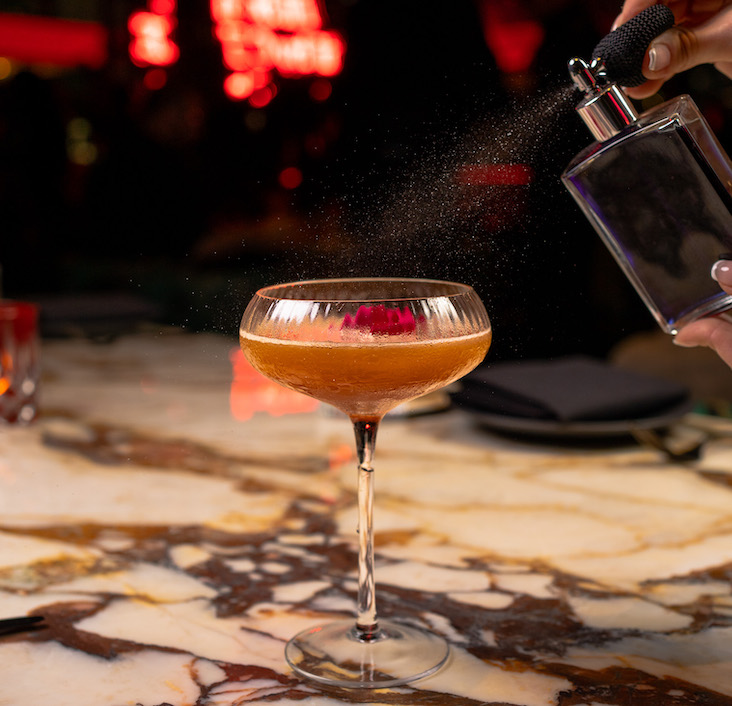So, let’s discuss the why.
There are four basic reasons why decanting a bottle of wine is important, two that are obvious and two that are less so.
The primary reason we decant a young wine is air. Most of us sell wine when the bank tells us to do so, and as such people drink most wines on the very young side. That can be great with wines such as New Zealand sauvignon blanc, Argentinean torrontés or Beaujolais nouveau from France, but it can yield premature wine in the case of Napa Valley cabernet sauvignon, Italian Barolo or classified red Bordeaux. When wine is being opened on the early side, decanting is the way to go. The contact with the ambient air (oxygen) will help open the wine up and make it more enjoyable in the moment. I would advise this for most all “bigger reds”—and some whites—as it helps expedite the wine’s readiness for consumption.
The second reason to decant is the removal of sediment from an older wine. Most red wines will begin to throw a deposit after eight or so years in the bottle. This sedimentary deposit is a combination of pigment and tannins, and over time it will fall to the bottom of the bottle. A careful removal of this sediment via decanting the wine gently over a light source, closely paying attention and then stopping when the initial wisp of sediment is observed where the neck meets the shoulder of the bottle, accomplishes the task and opens up the wine at the same time.
Note that it is essential when decanting older wine that the bottle be removed carefully from its storage bin and brought gradually to an upright position so as to let the sediment slide down to the bottom of the bottle. Always decant over a light source, too, so as to visually ensure that no sediment is introduced to the now clean wine.
The third reason we decant wines is for show. The theatrics of decanting a wine at table will inevitably get heads turning. Everyone pays rapt attention to someone having their wine decanted, silently wondering how they can have it done at their table, too. The policy of decanting all red wines has been known to increase wine sales as it not only benefits most wines, it also dominoes the wine orders from one table to the next.
Finally, we decant wines to bring them up to an enjoyable temperature when they may have been stored a little cold. Though this usually is not the case at restaurants and bars, it is a protective measure; pouring into a warmer vessel—a decanter—helps make sure the wine is at an enjoyable drinking temperature.
Put simply, decanting equals happy guests. Happy guests equal… Well, we know where that leads! l
Step by Step
1. Prepare for decanting. Mise en place for an older wine includes a clean decanter, candle, matches, ashtray, cork removal tools, multiple clean serviettes, decanting basket and under-liners for the cork, bottle and decanter. For a young bottle, none of the light-related accoutrements are required.
2. Remove an old wine bottle carefully from the bin so as not to disturb the sediment.
3. Gently remove the cork, and carefully clean the lip and top of the bottle.
4. Carefully lift the bottle from the basket and pour into the decanter in one smooth movement, using the light of the candle to look for sediment. Avoid touching the bottle to the decanter.
5. Pour guests wine from the decanter in the standard manner.




